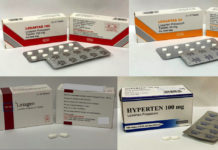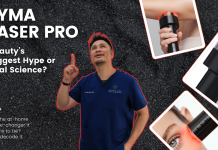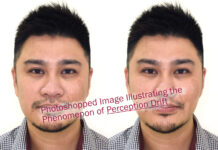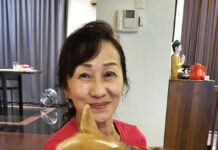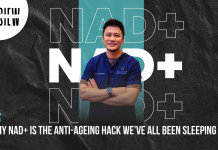Acne scars occur as a result of inflamed acne lesions. When a pimple develops, the inflammation can break through the follicular wall, affecting the surrounding healthy dermal tissue. After the lesion heals, a scar forms, which differs from the original skin tissue. While acne can heal entirely, acne scars are often permanent. They can be disfiguring, distressing, and may affect the patient’s psychosocial well-being and self-esteem.
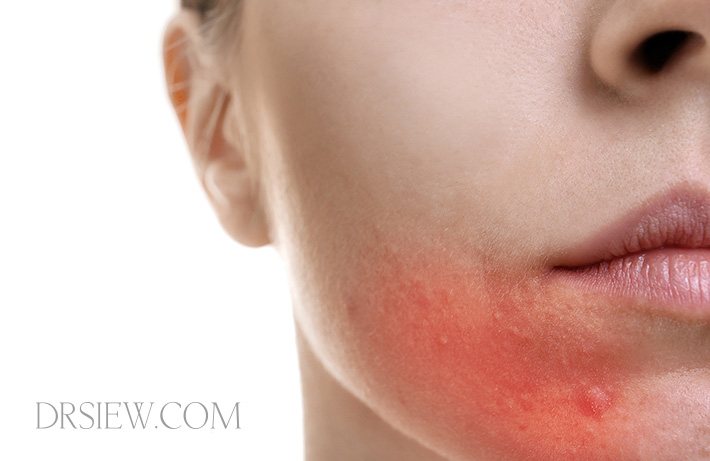
Hence, acne scarring is one of the most common skin problems which I encounter in my practice.
Different Types Of Acne Scars
Acne scars can be temporary or permanent. They can be divided into:
- Post-Inflammatory Colour Changes. These include red acne marks (post-inflammatory erythema) or dark acne marks (post-inflammatory hyperpigmentation). They are temporary and will improve over time, although that can take several months without treatment.
- Atrophic Acne Scars. These are depressed acne scars, which are permanent. They can be broadly classified into: ice pick, boxcar and rolling scars.
- Hypertrophic Acne Scars. These are raised acne scars, as a result of over-exuberant tissue formation during acne healing. If the hypertrophic scars continue growing out of their original boundaries, they are known as keloids. These scars are not as common in Singapore.
- Enlarged Pores. These are technically not scars. However, acne can cause severely enlarged pores, bad enough to disfigure and require treatment.
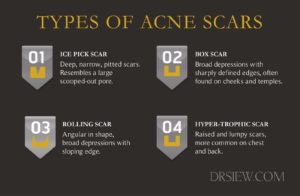
The atrophic acne scars deserve special mention as they are the ones which most people seek treatment for, due to their permanent and disfiguring nature. The types of atrophic acne scars are:
- Ice pick scars – deep, narrow and pitted scars.
- Boxcar scars – broad, wider depressed scars with a sharply demarcated edge.
- Rolling scars – broad depressed scars with a gentle sloping edge. Often larger than ice pick and boxcar scars.
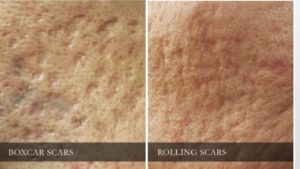
Acne Scar Treatments Available in Singapore
Dark acne marks will eventually fade. They can be treated with creams, chemical peels or a pigment laser such as the PicoSure or Q-Switched Nd-Yag laser. Similarly red acne marks will fade, but creams and vascular lasers such as the Dual Yellow Laser will make them heal faster. Research is emerging that red acne marks should be treated early to prevent them from developing into depressed acne scars.
Depressed acne scars, on the other hand, will require harsher treatments which injure the skin and allow the skin to rejuvenate via the wound healing cascade.
The best available options to treat acne scars, according to science and experience, are:
Depressed Scars:
- Fractional Laser Resurfacing – e.g. CO2 Fractional Lasers
- Radiofrequency Microneedling – e.g. Infini
- Pico Laser Lens Array – e.g. PicoSure Focus Treatment
- Subcision
- TCA Cross
- Dermal Fillers/ Collagen Stimulators
- Punch Excision/ Punch Elevation
Red and Dark Acne Scars:
- Topical creams
- Chemical peels
- Pigment-reducing lasers – e.g. Q-Switched Lasers
- Redness-reducing lasers – e.g. Dual Yellow Laser

Fractional Laser Resurfacing: Still the Gold Standard with Pros and Cons
When fractional laser resurfacing treatments (Fraxel, 2006), followed by CO2 fractional laser resurfacing (e.g Lutronic eCo) first appeared, they revolutionized how we view and treat acne scars. Compared to the older ablative resurfacing lasers, they were safer, and had less down time.
Fractional lasers use targeted high-energy lights to create micro-columns of injury in the skin. Acne scars are improved when the skin heals itself. Fractional lasers treat scars very well, however, many find the 5 to 7 days of treatment downtime difficult to accept. In addition, careful post-laser care and sun avoidance is required to prevent side effects such as post-inflammatory hyperpigmentation, especially in Asian skin.
Carbon Dioxide Fractional Laser resurfacing works well for rolling scars, enlarged pores, box car scars, and moderately well on deeper, ice pick scars. Hence, I still favour the CO2 laser in many of my acne scar cases, especially if they can afford the downtime.
Radiofrequency Micro-Needling Treatments
These devices deliver radiofrequency energy directly into the skin via microneedles (hence differing from surface radiofrequency treatments such as Thermage). In my practice, I use the INFINI treatment.
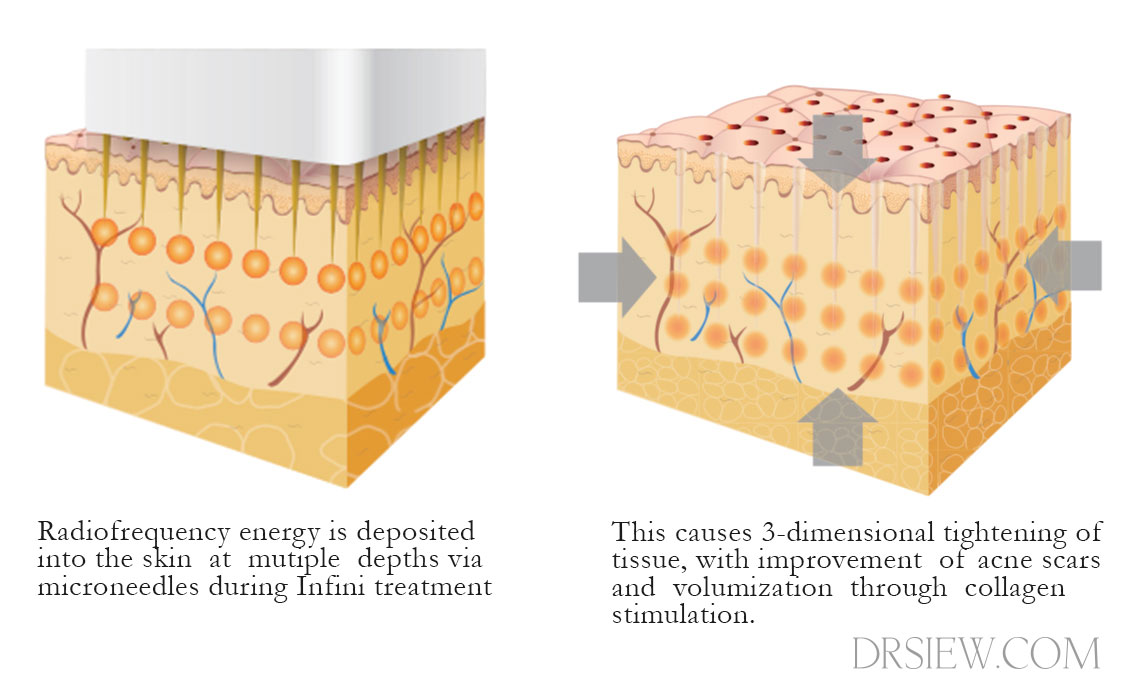
INFINI uses flow needle technology to deliver radiofrequency waves directly into the dermis to stimulate collagen directly in the scar tissue. Infini (and other RF Needling treatments) are unique in that their needle depth can be adjusted, and the energy delivered at various depths. As a result, they produce a volumising effect on the skin, to plump up depressed acne scars effectively. Hence, I favour the Infini for rolling scars.
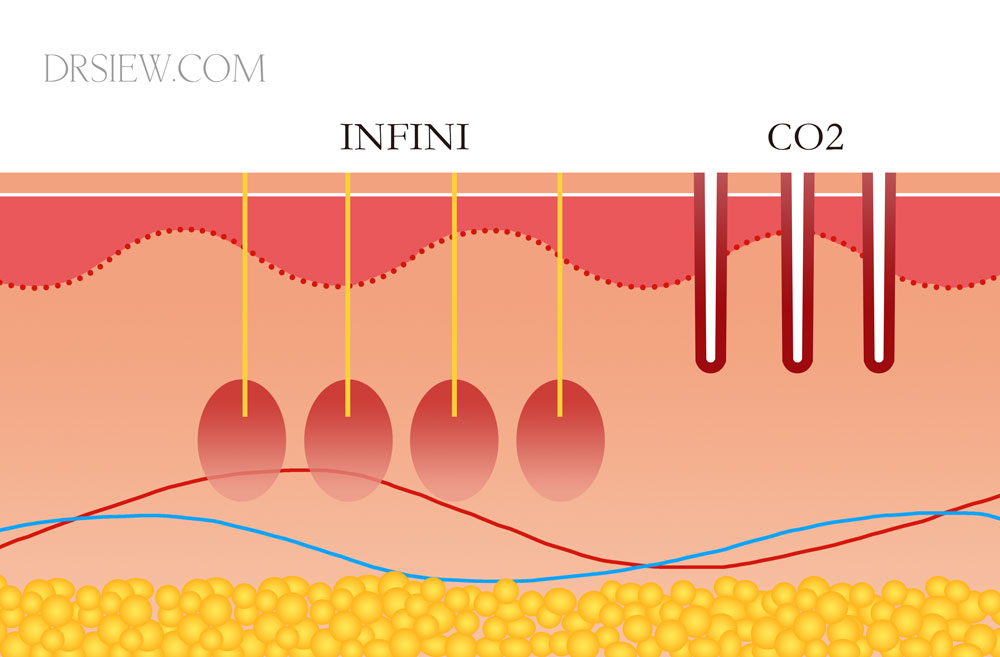
It also causes less epidermal damage than CO2 lasers because it bypasses the superficial layers of the skin.
Another advantage of INFINI is that it is able to treat all skin types, regardless of color. For the longest time, laser treatments are not suitable for people with dark skin for risk of post inflammatory hyperpigmentation (PIH). INFINI has a much lower risk of PIH because it bypasses the superficial layers of the skin.
Pico Laser: New Laser Technology for Treating Acne Scars
The Picosecond Lasers are new generation laser devices which delivers ultrashort laser pulses in the picosecond range. While there are many Picosecond lasers in the market, most of them emit laser light with a wavelength of 1064nm (e.g. Picoway, PicoPlus) while only the PicoSure laser emits laser light at 755nm. Besides treating pigmentation and tattoos, all Pico Laser platforms come with a Diffractive Lens Array (DLA) or Micro-Lens Array (MLA) to concentrate laser light further to produce micro injuries under the skin known as laser-induced optical breakdowns (LIOB). It is the LIOB which allows damaged skin, including acne scars, to heal by forming new collagen and elastin.
I use the PicoSure as opposed to other Pico lasers for the reasons I described in a previous article. The PicoSure Focus treatment, using the DLA, is what enables it to treat acne scars. It is a gentler alternative to the CO2 fractional laser – and more suitable for people who cannot afford the longer downtime period associated with fractional laser resurfacing. I use the PicoSure for more shallow scars in my practice — the rolling and boxcar scars, with good effect.
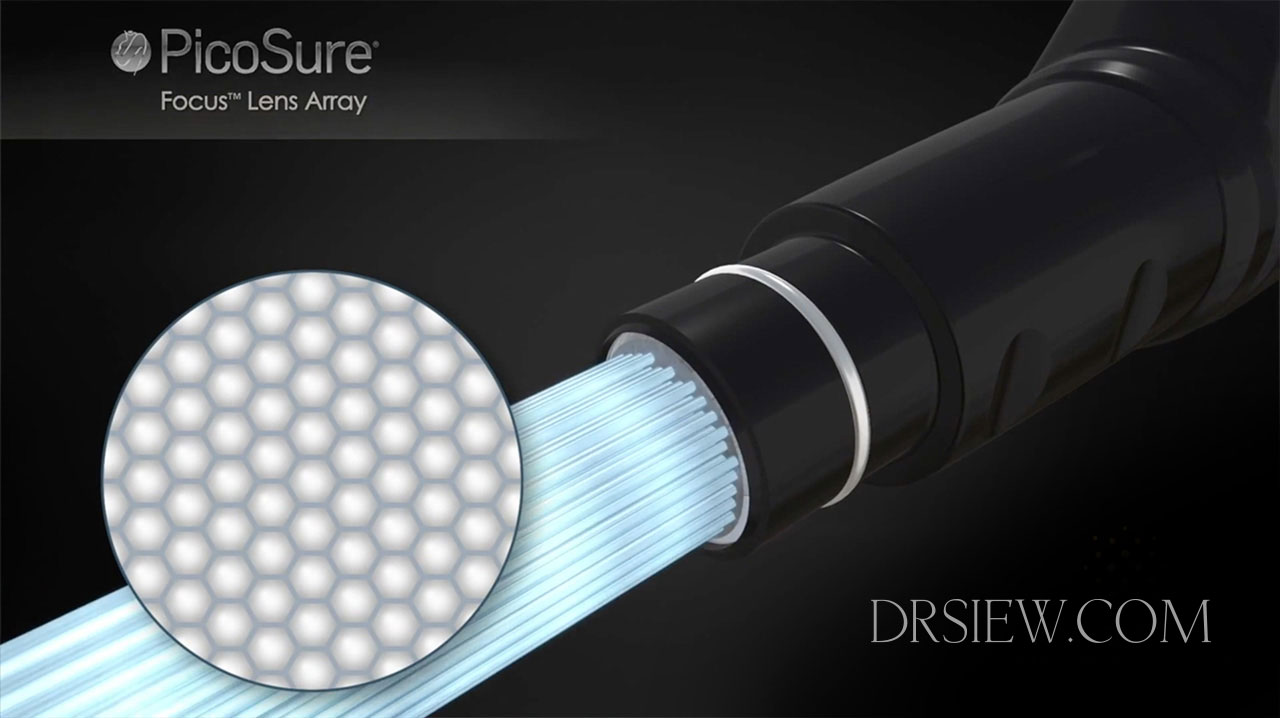
Subcision: Indispensable Treatment for Fibrotic Scars
At times, acne scars are caused by the scar tissue pulling down the surface of the skin, causing a depression. Using a fine needle, the doctor can release the scar tissue by breaking down the fibrous tissue under the scar. This treatment provides 2 beneficial outcomes: releasing the scar tissue and stimulating the skin to go into repair mode by stimulating collagen production to make the depressed scar less visible.
I do alot of subcision in my practice, often combined with other modalities. It is excellent for elevating depressed rolling scars. Often, your doctor may combine subcision with injection of fillers or PDRN (or Rejuran).
TCA CROSS: Ideal for Ice Pick Scars
TCA CROSS, also known as Trichloro-Acetic Acid Chemical Reconstruction of Skin Scars, is a chemical peel treatment that doctors use to precisely apply on the scars to induce skin remodelling.
It uses a medium to strong chemical peel (usually 70% to 100% TCA) to break down the proteins at the deep layers of the skin where scar tissues usually reside. TCA CROSS requires skill and precision. Overzealous treatments can worsen existing scars, or cause side effects such as prolonged redness. For that reason, I prefer to go slow, and repeat the treatment 3-5 times for best results. It works best for ice pick scars, and the deeper box car scars.
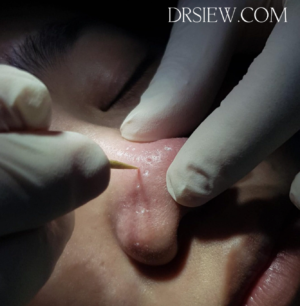
Dermal Fillers: Temporary, Effective Solution
All methods listed above are slow processes, requiring multiple treatments, and months before you see the best results. For that reason, people who want their acne scars to immediately improve may opt for another option – using soft-tissue dermal fillers. The fillers, usually made of Hyaluronic Acid, (HA) can be injected into depressed acne scars to immediately improve the appearance of the scars.
Treating atrophic depressed scars with HA fillers has been shown to yield good results with little risks. Besides smoothening out the depressed scars, the treatment also induces collagen production to improve the appearance over time, even after the HA is resorbed into the body. A better result is to use a collagen stimulator such as Radiesse. Radiesse immediately plumps up the scars, and also stimulates more collagen than HA fillers. It is the filler of choice for acne scars in my practice.
In recent years, doctors are also injecting Rejuran Healer and Rejuran S to achieve better outcomes as compared to HA fillers. Rejuran contains polynucleotides which promotes skin cell repair through collagen production. However, multiples sessions are required to achieve good results.
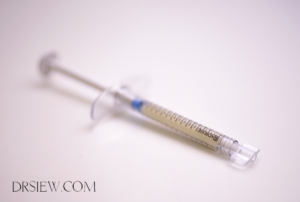
Punch Excision, Punch Elevation for Difficult Scars
Punch excision is sometimes performed on patients who have depressed, ice pick scars. It is a method for removing severe acne scars that are very deep, which other methods will likely prove ineffective. A small pen-like tool is used to puncture the top layer of the skin to precisely extract the scar. Depending on the excision, the wound may be left to heal on its own or may be sutured together.
When it heals completely, the newly produced scar may fade and may not be noticeable. Depending on the individual’s wound healing, the scar left behind by the excision may or may not be visible. If it is, it can be treated with a skin resurfacing laser.
Before starting punch excision, a local anaesthesia will be provided to ensure that the procedure is as comfortable as possible.
A Complex Problem Requiring Customised Treatments
Depressed acne scars are a difficult problem to treat. They require careful diagnosis, a customized treatment plan, and multiple treatment sessions. Careful skin preparation and post-procedure care is required for the best outcomes, and to prevent side effects from treatments such as post-inflammatory hyperpigmentation.
It is important to note that treating acne scars is a long-drawn process that requires considerable efforts – both financially and timewise.
In my practice, I get people coming to the clinic to specifically tell me what acne scar treatment they want due to different reasons. Unfortunately, it does not work this way. Everyone has unique scar tissue and thus requires a tailored program to treat acne scars.
You can expect to spend between $3,000 and $8,000 for a comprehensive acne scar removal treatment in Singapore. For that reason, prevention is always better than cure. Remember to get your acne treated properly, before they progress into acne scars!





